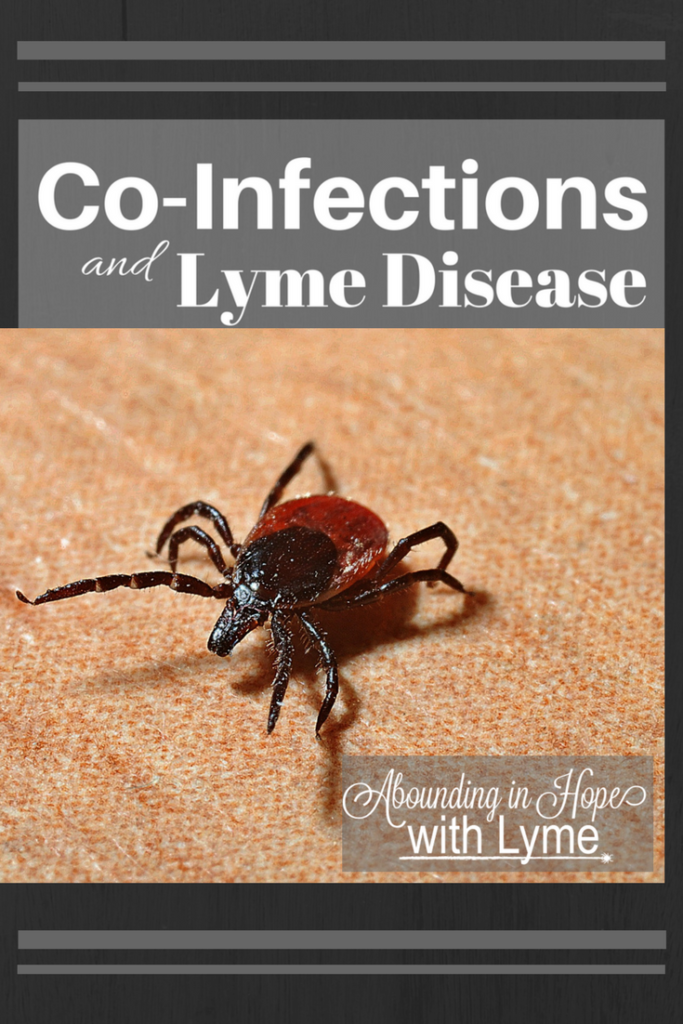Ticks are often called dirty needles because of the number of infections they can transmit. While most people may only be concerned about Lyme disease, ticks can transmit many infections at one time. Co-infections are often not considered when a tick bite or infection has been suspected. Unfortunately, most doctors are not even aware that these co-infections exist and may misdiagnose symptoms as something else. The CDC however, does keep a registry of many of these coinfections but the problem is, these infections are not being diagnosed.
Are They Really New Infections?
In recent years, “newly” discovered tick-borne infections are brought to the attention of the public but often, only when it takes someone’s life. Each year the media stirs up fear regarding these diseases that have been around for quite some time. Just as common are those who say, “not every tick has Lyme”. While it is true that not every tick carries the bacteria that causes Lyme disease, every tick does carry some form of infection whether it’s bacterial, viral, parasitic, or worms.
Co-infections
Lyme disease and many of these coinfections can be found in many different species of ticks in every state across the US as well as in Canada and many parts of the world. Many countries, including the US, are denying that these infections cause disease or symptoms in humans yet labs which specialize in tick-borne infections would disagree.

Get a Lyme Literate Doctor or Naturalpath
Unless you’re seeing a physician who truly understands the complexities of a tick bite and the diseases they carry, you have a very good chance of being misdiagnosed. Please educate yourself about the controversy between IDSA and ILADS doctors. You can read my post, What is Lyme Disease and Why Should You Care.
What’s in a Tick?
Below are some of the most common tick-borne infections. These are commonly referred to as co-infections because many times they are transmitted along with Lyme Disease.
Ticks often transmit many infections at one time and so it’s important to seek a doctor or naturopath who knows how to diagnose them.
Anaplasmosis
Babesiosis (Babesia)
Bartonella
Borrelia Strains (over 100 in the US)
B.Myomoti
Bourbin Virus
Chlamydia
Colorado Tick Fever
Ehrlichia
Epstein Barr Virus
Heartland Virus
Intestinal Parasites
Meat-Virus/Alpha GAL
Mycoplasma
Pacific Coast Tick Fever
Powassan Virus
Rocky Mountain Spotted Fever
Q fever
Tick paralysis
Tickborne Relapsing Fever
Tularemia
STARI
All of these infections are difficult to diagnose and can range from mild to very serious. It is always best to take the necessary precautions to avoid these infections. Keep away from tick-infested areas, use the proper repellents and always check for ticks upon returning indoors.
If you suspect or know that you have been bitten by a tick, take proper steps to treat the bite.





Hi Tricia! Thank you for your help on my wonky Periscope video! I wondered to our mutual friend today if you had heard about Bartonella infection and latent Lyme, activated by immunizations. I just recently read an article about this. Your website is really great! It scrolls so easily and has a very clean look – I like it!
Hi Kerissa, I love your name! I’m so glad Sarah shared your scope. Yes, my family and I actually have Bartonella and these infections can most definitely be exasperated by anything that weakens the immune system, including the flu. Do you know someone with Bartonella? It’s usually transmitted by cats saliva or scratching (Cat-scratch disease) but is also transmitted by the bite of a tick.
Thanks for the compliment on my blog, I’ve been working really hard to make sure it’s easy on the eye and easy to find things because most Lymies have a cognitive difficulty and clutter makes it impossible to read. Nice to meet you and thanks for reaching out.